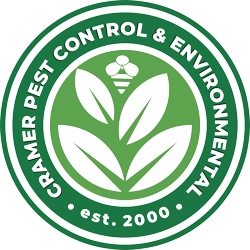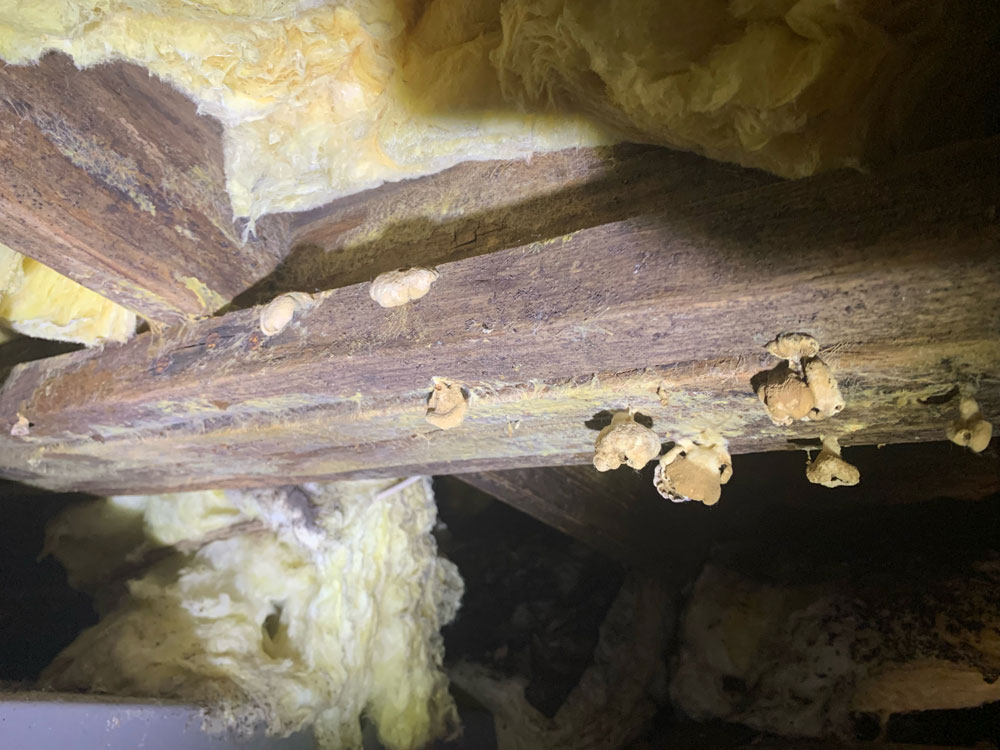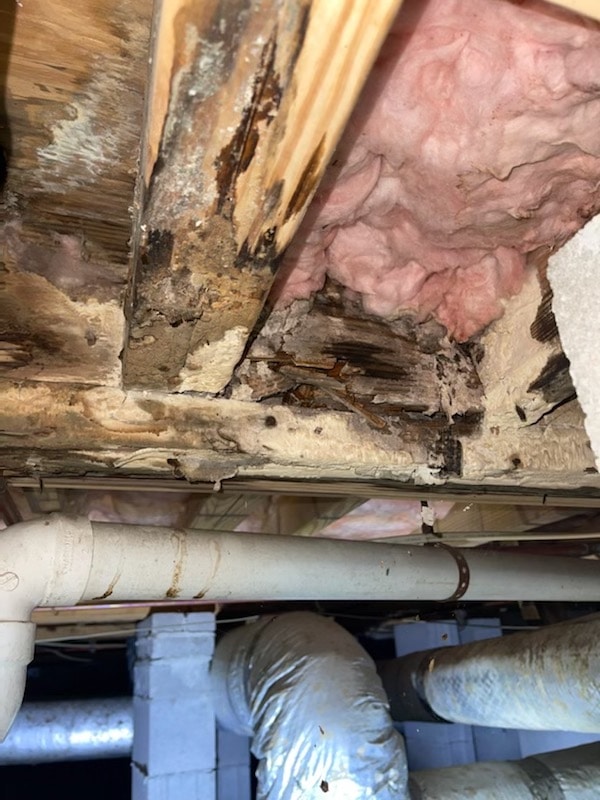The Science Behind Mold: Understanding it’s Causes, Types, and Prevention Strategies
Mold is one of those problems that seems inescapable. Whether it be lurking in the corners of our showers, or indicating its presence through a hard to pinpoint musty odor, most of us are sharing our homes with at least some mold.
However, just because mold is common, doesn’t mean we have to put up with it! If you already have a mold infestation, your best bet is to contact a professional, but prevention is the best approach. This article will examine what causes mold to grow and provide some helpful tips for preventing mold from ever becoming a problem in your home.
How does mold grow?
Molds are a type of fungus and are found on every continent on earth, including Antarctica. There are thousands of different species of molds, and several hundreds of which are known to grow inside our homes.
In general, mold reproduces by means of microscopic, lightweight spores that easily travel through the air. It grows when these spores land on surfaces that are damp and rich in organic material, like cellulose, which they use as a food source.
While you may not think of carpets, drywall, wallpaper and building materials as food, all of these contain enough organic matter to make mold very happy.
What are the common causes of mold growth?
Since our homes are essentially made of food – mold growth is almost entirely dependent on moisture levels in your home. When indoor relative humidity is below 60% it is very unlikely that you will encounter mold problems. Some common indoor sources of moisture that can lead to mold include:
- Foundation Dampness: Most homes built after the 1950s have had their foundations damp-proofed, using a combination of membrane barriers and drainage systems – but over time these systems may begin to fail. When this happens, the concrete becomes damp and facilitates mold growth.
- Cracked Walls: When walls are below grade they must be able to stand up to soil moisture just the same as your foundation. If your basement walls develop cracks then water may enter into your home, increasing the risk of mold formation.
- Roof Leaks: Leaking roofs leads to moisture buildup in ceilings and attics, encouraging mold proliferation. It is absolutely essential to fix roof leaks as soon as possible or you will have a severe mold problem on your hands.
- Pipe Leaks: Leaky pipes, especially those hidden behind walls or under floors, can cause unnoticed water damage and mold growth. Even small drips can create conditions that are perfect for mold spores to germinate.
- Condensation Build Up: Cold surfaces can create condensation, which provides the moisture necessary for mold to flourish. A common source of condensation related moisture comes from your AC’s condenser coils. These coils normally drip safely into a drain pan, but if this pan becomes clogged it may overflow and create the conditions necessary for mold.
- High Humidity Levels: In many parts of the United States, humidity rises above the 60% that mold needs to thrive. Even if you are leaving your home unoccupied, as in the case of a vacation home, it is important to not allow indoor humidity to go unchecked.
- Poor Ventilation: Without proper ventilation, moisture can remain in an area long after you’ve finished showering or cooking, promoting mold growth. Surprisingly, modern homes may actually be more likely to suffer from poor ventilation than older homes due to their superior insulation and better fitting windows.
- Damp Basements: Basements are often cooler than the rest of your home, creating ideal conditions for condensation to form. Consider using a dehumidifier to keep your basement’s humidity in check.
- Excess Moisture in Crawl Space: Without proper ventilation, crawl spaces can retain excess moisture, encouraging mold to grow. Installing a vapor barrier can help mitigate crawl space moisture problems – although for crawl spaces which accumulate water after rainstorms you may need to install a sump pump or improve the drainage around your home.
- Home Flooding: After a flood, your home is the perfect environment for mold to grow. Soggy carpets and soaked drywall take many days or even weeks to dry on their own and will certainly develop mold unless the house is professionally dried.
What are the common types of household mold?
Common types of molds found in our homes include:
- Aspergillus: This mold genus comprises several species and can be found throughout the home, including on food, in air conditioning systems, and on dusty surfaces. It can cause allergic reactions and respiratory issues in susceptible individuals.
- Penicillium: Known for its blue-green color, Penicillium is often found on wallpapers, decaying fabrics, carpet, and fiberglass duct insulation. This mold is associated with various allergies and respiratory conditions.
- Cladosporium: Cladosporium is a black or green mold that often grows on the back of toilets, painted surfaces, and textiles. It can cause a variety of health problems, including skin, eye, and sinus infections.
- Stachybotrys chartarum: Also known as ‘black mold,’ this is one of the most toxic molds. It thrives in damp, water-damaged areas and produces toxins that can lead to severe health problems such as difficulty breathing, sinusitis, fatigue, and depression.
- Alternaria: Alternaria is a common mold that often grows in showers, bathtubs, and below leaky sinks. It spreads easily and can cause allergic reactions and asthma attacks.
- Fusarium: Fusarium is a mold that grows in cold, wet environments. It can be found on water-damaged carpeting and fabrics. Long-term exposure can lead to severe health problems, including bone infections and gastrointestinal issues.
How do I prevent mold from growing in my home?
Preventing mold is simple and primarily involves controlling the moisture levels in your home:
Ensure proper ventilation
Airflow helps prevent moisture buildup, particularly in high-humidity areas like the bathroom, kitchen, and laundry room. Use your range’s ventilation hood while cooking and let your bathroom fan run for several hours after showering. Some bathroom fans have built-in humidity sensors or timers to make it easy to keep moisture levels manageable.
If your bathroom or kitchen does not have a fan, opening windows after showering or cooking can help the space dry out more quickly.
Monitor and control humidity levels
High indoor humidity makes your home feel uncomfortable any time of year. In the winter, damp air feels clammy while in the summer high humidity feels muggy. Maintain indoor humidity below 60%, and ideally between 30 to 50% to help prevent mold growth. Some digital thermostats can track indoor humidity, but you can also use an inexpensive hygrometer.
When leaving your home for prolonged periods, resist the temptation to completely shut off your air conditioner. Instead, set it to 84 degrees to prevent excessive heat and humidity buildup.
Note: You may need to use a dehumidifier in conjunction with your AC to maintain your indoor humidity at safe levels. If you are leaving your home unoccupied for long periods of time, be sure to choose a dehumidifier which can empty itself directly into a drain.
Promptly fix any leaky roofs, windows, and pipes
Homeowners must resist the temptation to put a bucket under a leak and call it a day. Fixing water leaks promptly can prevent moisture from accumulating and promoting mold growth. Roof leaks are particularly serious as by the time you notice the water leaking through your ceiling it may have already thoroughly soaked your insulation.
What should I do if I notice severe mold growth?
If you discover an extensive mold problem in your home, it’s best to call professionals. DIY solutions can be ineffective for severe infestations and require the use of potentially hazardous chemicals like bleach.
A common problem associated with DIY mold removal solutions is an incomplete eradication of the problem. While you may have removed the visible mold and mildew, the mold infestation actually remains growing within the contaminated objects. As a result you may unwittingly risk long-term exposure to poor air quality and the myriad health issues associated with mold.
Understanding the Enemy
The key to preventing mold is understanding the conditions it needs to grow. Mold thrives on moisture and organic matter, and the optimal way to prevent its growth is to control these conditions within your home. Since our homes are essentially made of substances that mold regards as food, moisture control is absolutely essential.
Remember, it’s crucial to act fast when dealing with mold: the longer it grows, the more damage it can cause to your health and your home. If you suspect that you have a serious mold issue, don’t hesitate to call in mold remediation professionals. DIY methods may simply prolong your infestation and put you and your family’s health at risk.




